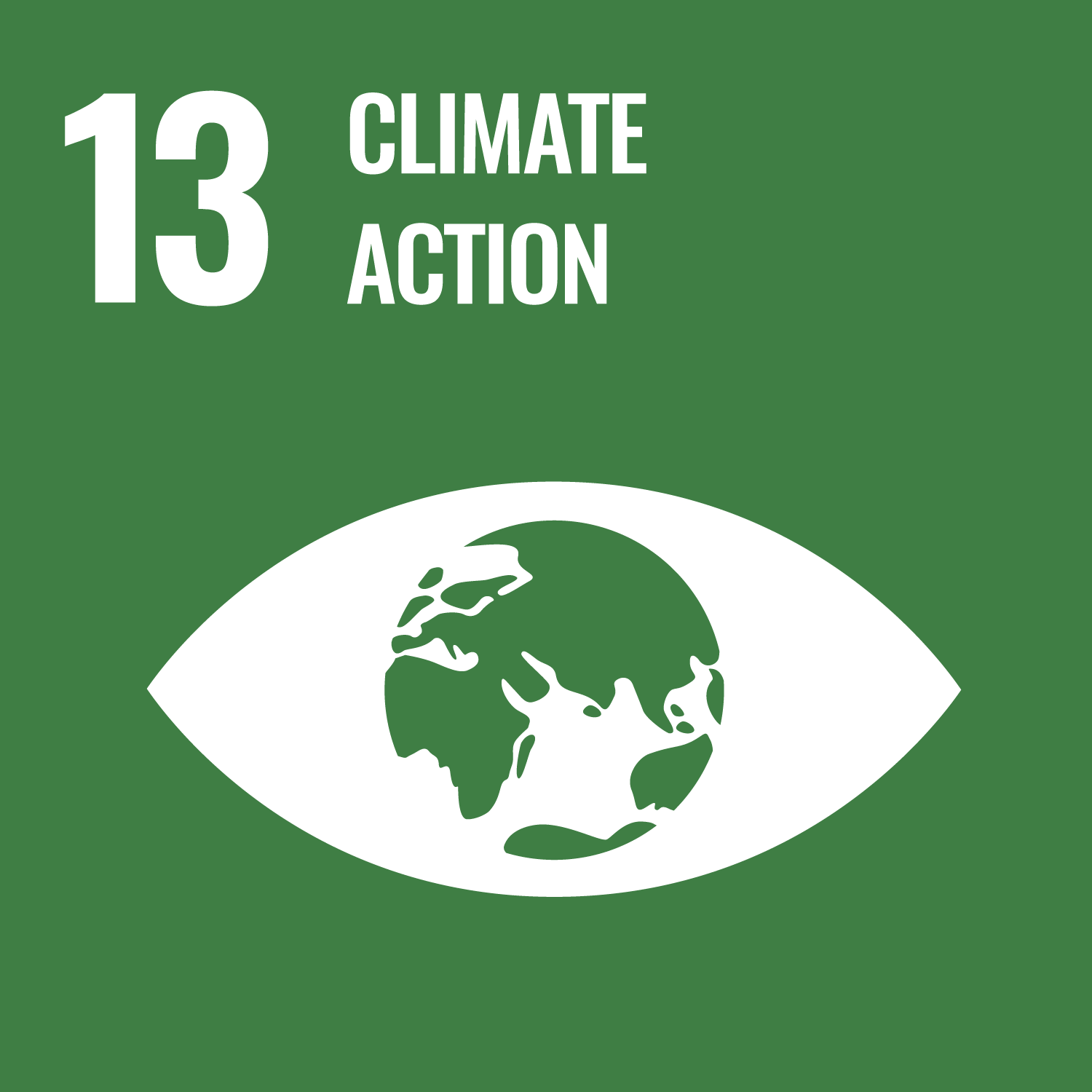Hanna, E. orcid.org/0000-0002-8683-182X, Francis, J. orcid.org/0000-0002-7358-9296, Wang, M. orcid.org/0000-0001-5233-4588 et al. (17 more authors) (2024) Influence of high-latitude blocking and the northern stratospheric polar vortex on cold-air outbreaks under Arctic amplification of global warming. Environmental Research: Climate, 3 (4). 042004. ISSN 2752-5295
Abstract
It is widely accepted that Arctic amplification (AA)—enhanced Arctic warming relative to global warming—will increasingly moderate cold-air outbreaks (CAOs) to the midlatitudes. Yet, some recent studies also argue that AA over the last three decades to the rest of the present century may contribute to more frequent severe winter weather including disruptive cold spells. To prepare society for future extremes, it is necessary to resolve whether AA and severe midlatitude winter weather are coincidental or physically linked. Severe winter weather events in the northern continents are often related to a range of stratospheric polar vortex (SPV) configurations and atmospheric blocking, but these dynamical drivers are complex and still not fully understood. Here we review recent research advances and paradigms including a nonlinear theory of atmospheric blocking that helps to explain the location, timing and duration of AA/midlatitude weather connections, studies of the polar vortex's zonal asymmetric and intra-seasonal variations, its southward migration over continents, and its surface impacts. We highlight novel understanding of SPV variability—polar vortex stretching and a stratosphere–troposphere oscillation—that have remained mostly hidden in the predominant research focus on sudden stratospheric warmings. A physical explanation of the two-way vertical coupling process between the polar vortex and blocking highs, taking into account local surface conditions, remains elusive. We conclude that evidence exists for tropical preconditioning of Arctic-midlatitude climate linkages. Recent research using very large-ensemble climate modelling provides an emerging opportunity to robustly quantify internal atmospheric variability when studying the potential response of midlatitude CAOs to AA and sea-ice loss.
Metadata
| Item Type: | Article |
|---|---|
| Authors/Creators: |
|
| Copyright, Publisher and Additional Information: | © 2024 The Author(s). Original content from this work may be used under the terms of the Creative Commons Attribution 4.0 licence (https://creativecommons.org/licenses/by/4.0/). |
| Keywords: | blocking; Arctic amplification; polar vortex; global warming; cold air outbreaks |
| Dates: |
|
| Institution: | The University of Sheffield |
| Academic Units: | The University of Sheffield > Faculty of Social Sciences (Sheffield) > School of Geography and Planning |
| Depositing User: | Symplectic Sheffield |
| Date Deposited: | 10 Jan 2025 09:29 |
| Last Modified: | 10 Jan 2025 09:29 |
| Status: | Published |
| Publisher: | IOP Publishing |
| Refereed: | Yes |
| Identification Number: | 10.1088/2752-5295/ad93f3 |
| Related URLs: | |
| Sustainable Development Goals: | |
| Open Archives Initiative ID (OAI ID): | oai:eprints.whiterose.ac.uk:221549 |
Download
Filename: Hanna_2024_Environ._Res.__Climate_3_042004.pdf
Licence: CC-BY 4.0


 CORE (COnnecting REpositories)
CORE (COnnecting REpositories) CORE (COnnecting REpositories)
CORE (COnnecting REpositories)